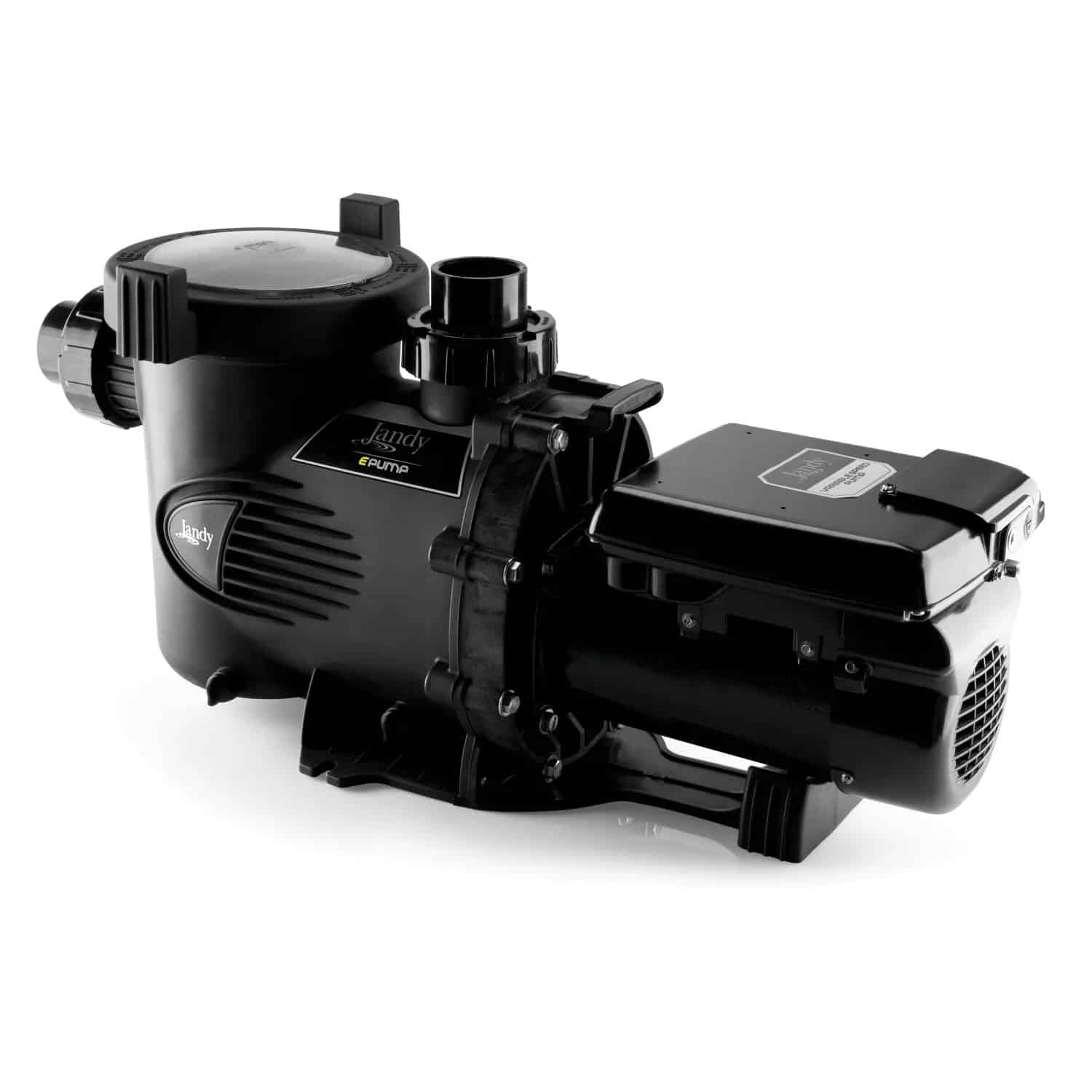
by the Pool Service & Repair Experts at GL Pools
As the owner of a backyard swimming pool, you’re likely aware of the importance of your pool’s pump. You might even be in the process of looking for help with a swimming pool motor repair. Before making any decisions about a pool motor replacement, however, you should understand the basics of how they work. Pool pumps serve multiple purposes. They operate by pulling water from the pool and then pushing it through the filter, salt cell, heater, and plumbing. This water is primarily pulled from the skimmer, automatic cleaner line, and main drains. Following this process, the water is returned to the pool, either through the wall or floor returns, with the total amount of returns varying according to pool size.
If you live in California and you’ve been considering a pool pump motor replacement, it’s important to know about the two primary types of pool pumps: single-speed and variable-speed. Anyone who has recently searched for pool motor repair near me has probably seen news about recent updates in the California Code of Regulations to the requirements for a pool pump motor replacement. Within the state of California today, while it is legal to own and operate a single-speed pump, new pool motor installation must utilize a variable-speed pump. Ultimately, if you’re interested in pool pump motor replacement, there are several benefits to making the switch to a variable-speed pump. In this blog, we’ll discuss everything you need to know about both types of pumps, as well as pool pump motor repair. But first, why is a pool pump essential?
Pool pumps serve an essential purpose within in-ground pools that entails pool cleaning and sanitizing the water to keep it safe for swimmers. It achieves this by ensuring the water is consistently circulating about the pool while capturing things like leaves, dirt, and debris within the filtration system. Not only that, but a good pool pump also removes algae and microorganisms that could otherwise pose a health risk to the pool’s inhabitants. Knowing all of this, you can see why choosing the right swimming pool motor repair is so important. Additionally, some pumps may circulate water through a heater, cleaner, fountain, or other water feature. If your pump isn’t working effectively, you should consider a pool pump motor replacement.
The term single-speed refers to this pump’s single, static revolutions per minute (RPMs) that cannot be adjusted. In turn, they often lack a screen that allows the user to alter any settings, such as on/off times, RPMs, and the like. While some have on/off buttons and timers, the majority are controlled via a separate mechanical time clock (such as Intermatic) that informs the pump when to power on and off. Alternatively, some single-speed pumps can connect to pool automation, offering control via an indoor panel, handheld device, and/or phone app.
Single-speed pumps are no longer a legal option for a main filtration pool pump motor replacement in the state of California. Not only that, but any new pool motor installation must be <.5 HP (horsepower). Ultimately, this is due to the fact that single-speed pumps use a lot of power—especially in comparison to variant-speed models. As you can see, if you have a pool motor installation or pool motor replacement coming up, a variant-speed pump is the way to go.
In terms of pool pump motor repair today, you can expect the installation of a variable-speed pump. A variable-speed pump is one that has multiple speed (RPM) settings as well as many powerful programming options, allowing owners to set the pump to run on select days of the week, at different speeds, times, and more. Ultimately, this type of pool motor replacement is superior to a single-speed pump for many reasons. For instance, it is much more efficient for swimming pool maintenance as it runs primarily on a lower setting, increasing its strength for shorter periods as needed. This is made possible by using magnets that slow down/speed up accordingly for optimal efficiency.
Besides being more efficient, pool pump motor repair using variable-speed pumps are superior to single-speed pump because they are quieter, consume less energy, and can be adjusted for optimal pool filtration and cleaner movement around the pool. In addition, pool owners that choose a variable-speed model for their pool pump motor replacement will also benefit from updated safety features.
Benefits of a swimming pool motor repair using a variable-speed pump include:
By now, you can likely see why California is urging residents to go the variable-speed route on their next pool pump motor replacement. Especially when you consider the fact that one of the most energy-consuming features within a pool is the pool pump, consuming an average of 3,000-5,000 kWh annually. In case you’re not already convinced, here are some reasons why you should consider a variable-speed pump the next time you require a pool motor installation.
As you can see, on any swimming pool motor repair, a variable-speed pump offers the ideal filtration flow rate while using the least amount of energy. If you need San Diego pool repair and are interested in pool pump motor replacement or installation, GL Pools has you covered. To learn more about what we can do for you in terms of Chula Vista pool repairs, San Marcos pool repairs, swimming pool repair Escondido, motor repair, and installation, request a free quote today.
Contact us today to see why 99% of our customers stay with us month after month despite not having a contract.
Get a quote